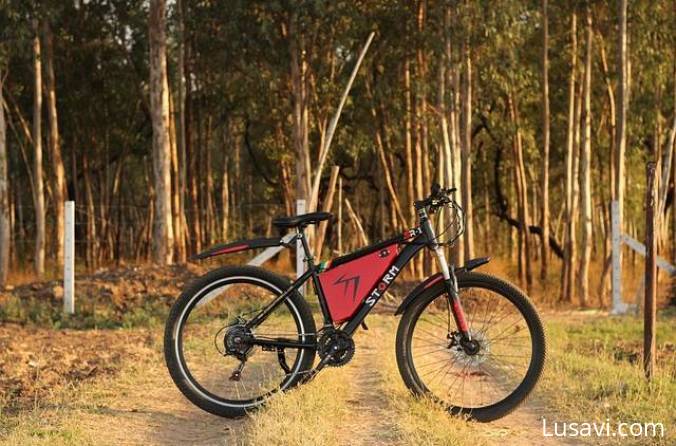Electric Bicycles: Advantages, Disadvantages, Prices, and Future Trends
In recent years, electric bicycles (e-bikes) have conquered cities and countrysides, becoming one of the most popular alternatives to traditional means of transportation. But what do you really need to know before investing in a pedal-assisted bicycle? In this article, we analyze the advantages, disadvantages, price ranges, and future prospects of the sector.
Advantages of Electric Bicycles
1. Sustainable Mobility
E-bikes reduce environmental impact, emit no CO₂, and are perfect for those who want to contribute to a greener future without sacrificing comfort.
2. Convenient Travel
Thanks to the electric motor, you can tackle hills, long journeys, and city traffic without excessive fatigue. They’re also perfect for those who aren’t very fit.
3. Economical Savings
Compared to a car or public transportation, costs are low: an electric charge costs just a few cents, and maintenance costs are generally low.
4. Health and Well-Being
Even with assisted pedaling, pedaling remains active: it provides exercise, stimulates circulation, and maintains a dynamic lifestyle.
Disadvantages to Consider
1. Initial Price
An e-bike can cost significantly more than a traditional bike. Even entry-level models start at prices that aren’t always affordable for everyone.
2. Weight
Due to the motor and battery, e-bikes are heavier. This can be a problem when transporting them or when the battery is flat.
3. Limited Range
Batteries have a range of 30 to 100 km depending on the model, level of assistance, and type of route.
4. Theft
Because they’re expensive and sought-after, they’re a target for thieves. Good insurance or quality anti-theft devices are essential.
How much does an e-bike cost?
Prices vary significantly depending on brand, components, and type of use (urban, trekking, mountain bike, cargo, etc.):
Budget range (€600–€1,200): good for short trips, basic battery and motor.
Mid-range (€1,200–€2,500): excellent balance between quality, range, and comfort.
High-end (€2,500 and above): designed for expert or professional cyclists, with powerful motors and high-performance batteries.
Some premium models exceed €5,000, especially among e-MTBs and cargo bikes.
The future of e-bikes: what to expect?
The forecast is clear: the e-bike market is growing rapidly, and shows no signs of slowing down. Global e-bike sales are estimated to exceed 40 million units annually by 2030. Innovations focus on:
Lighter and more durable batteries
Quieter and smarter motors
Integration with apps and GPS
Minimal and integrated design
Smart safety solutions
Urban policies are also encouraging this transition: mobility bonuses, bike lanes, and restricted traffic zones will make e-bikes increasingly central to urban mobility.
Conclusions
Electric bicycles represent a true revolution in the way we get around. Sustainable, practical, and increasingly accessible, they are a smart investment for those who want to travel freely without sacrificing comfort.
Before purchasing, it’s important to evaluate your needs, test different models, and learn about warranties, batteries, and support. But one thing is certain: the future is on two wheels... and with electric power.
On Lusavi.com you will find: Vacation rentals worldiwde | B&Bs worldiwde | Hotels worldiwde | Guesthouses worldiwde | Farmhouses worldiwde | Apartments worldiwde | Room rentals worldiwde

